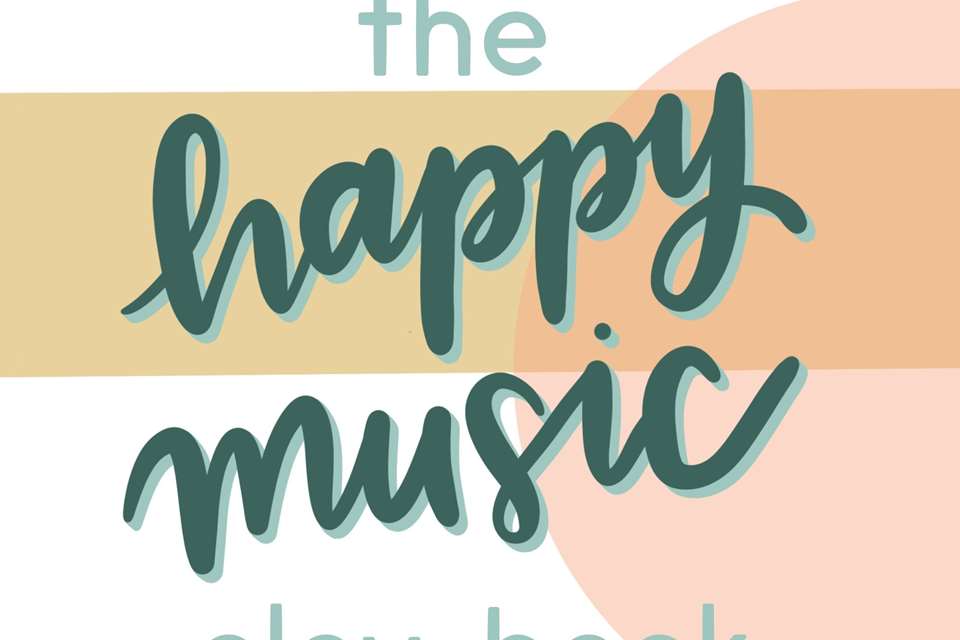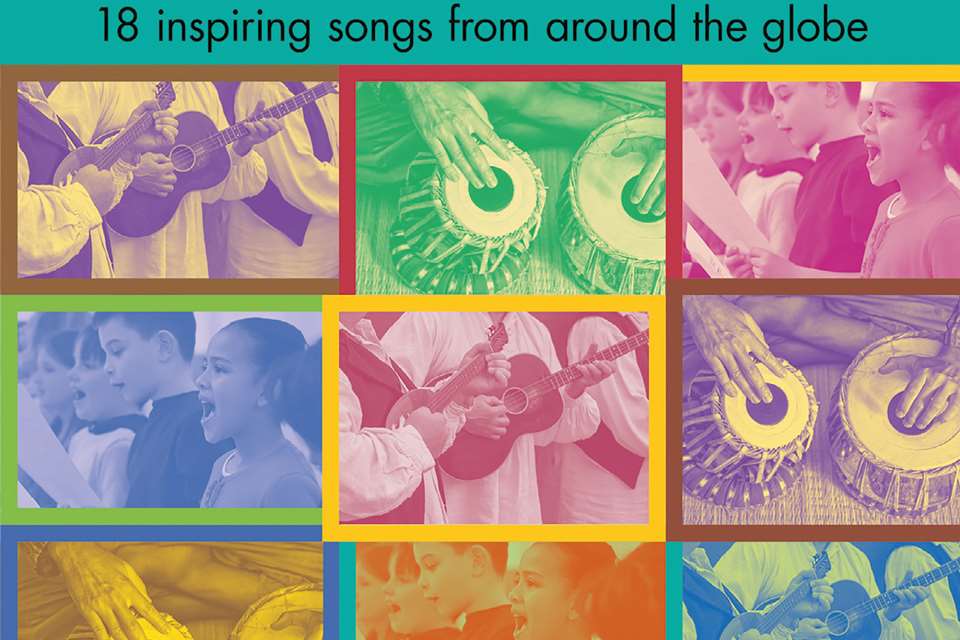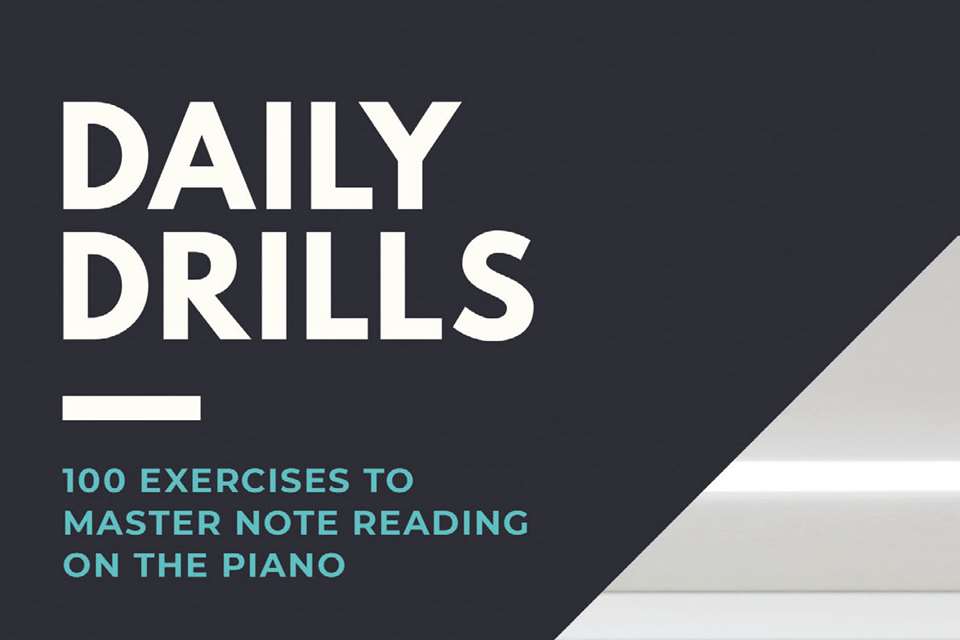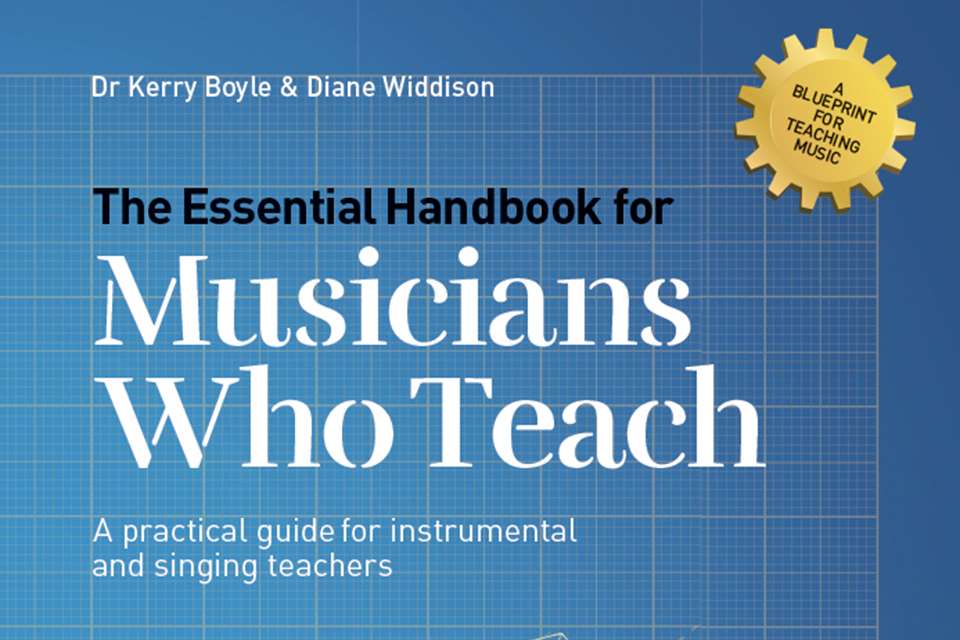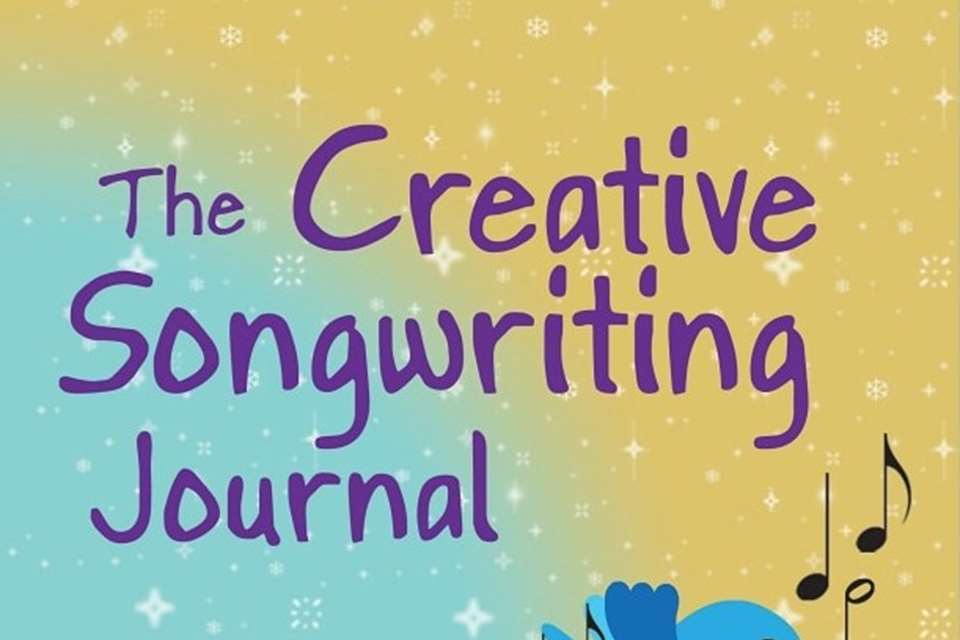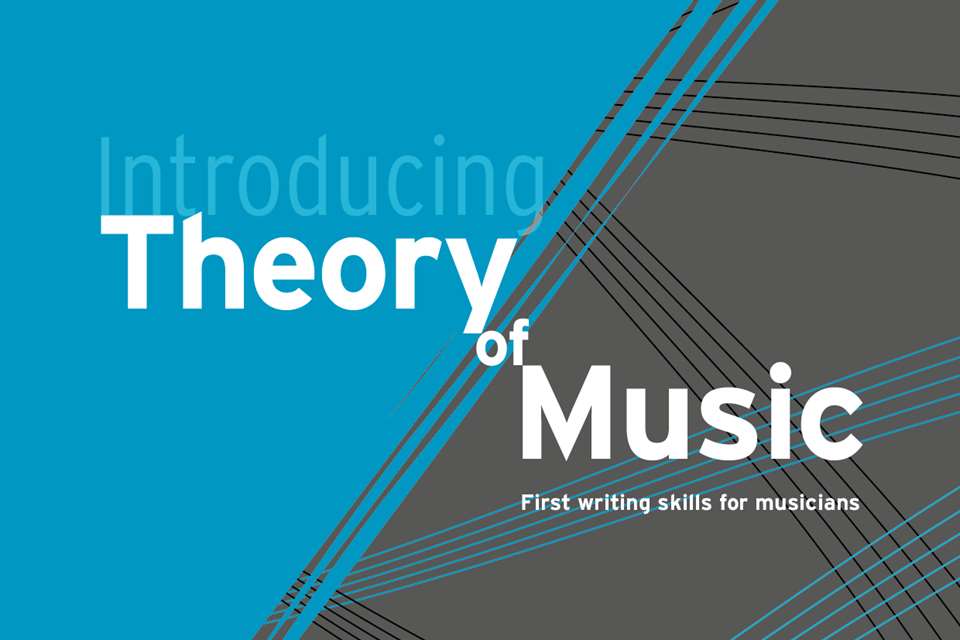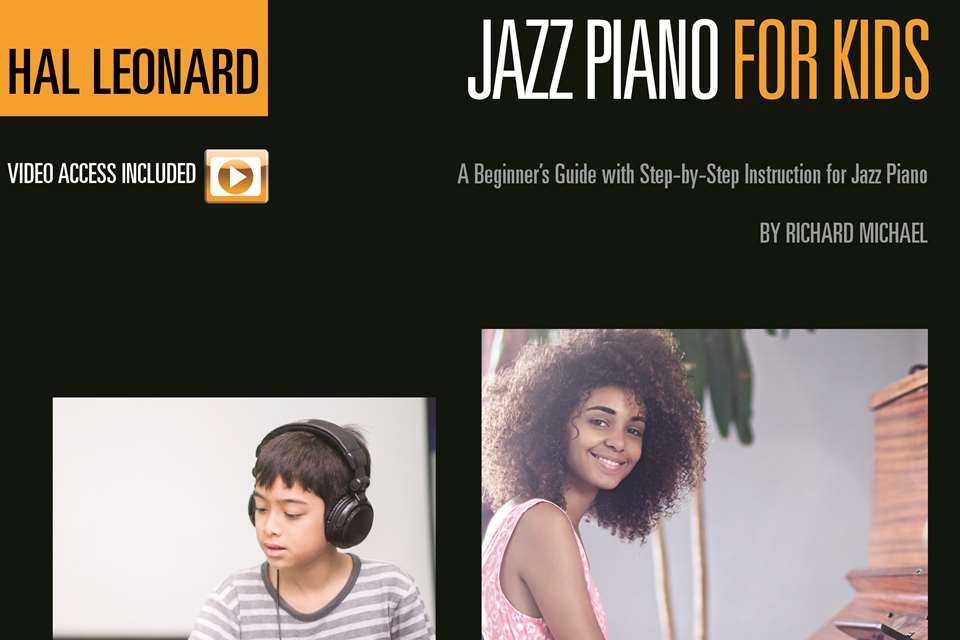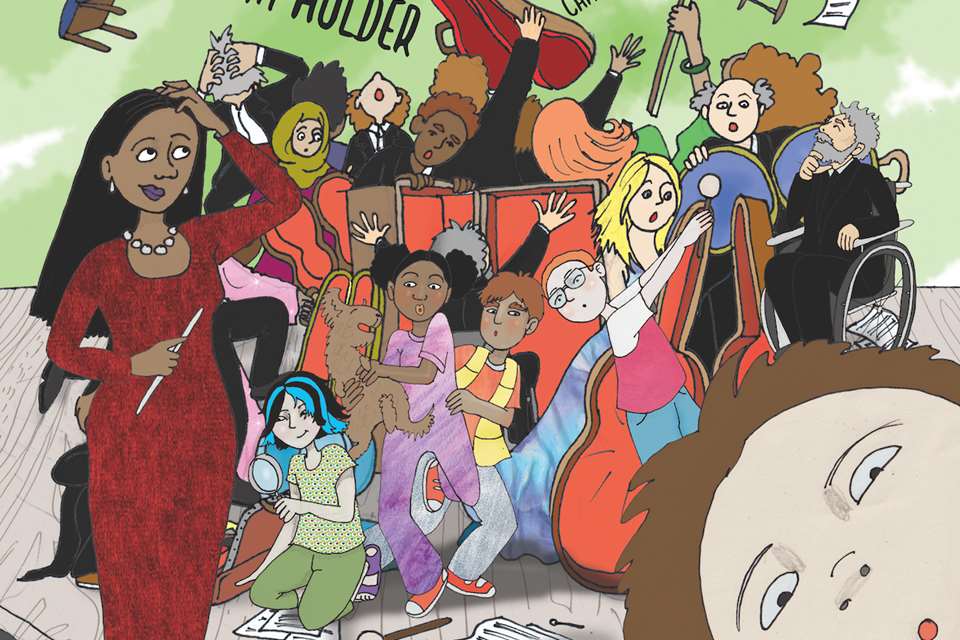Book Reviews: Beginning Jazz Piano Parts 1 & 2
Karen Marshall
Tuesday, March 1, 2022
Karen Marshall takes a look at Beginning Jazz Piano Parts 1 & 2 by Tim Richards, published by Schott Music.
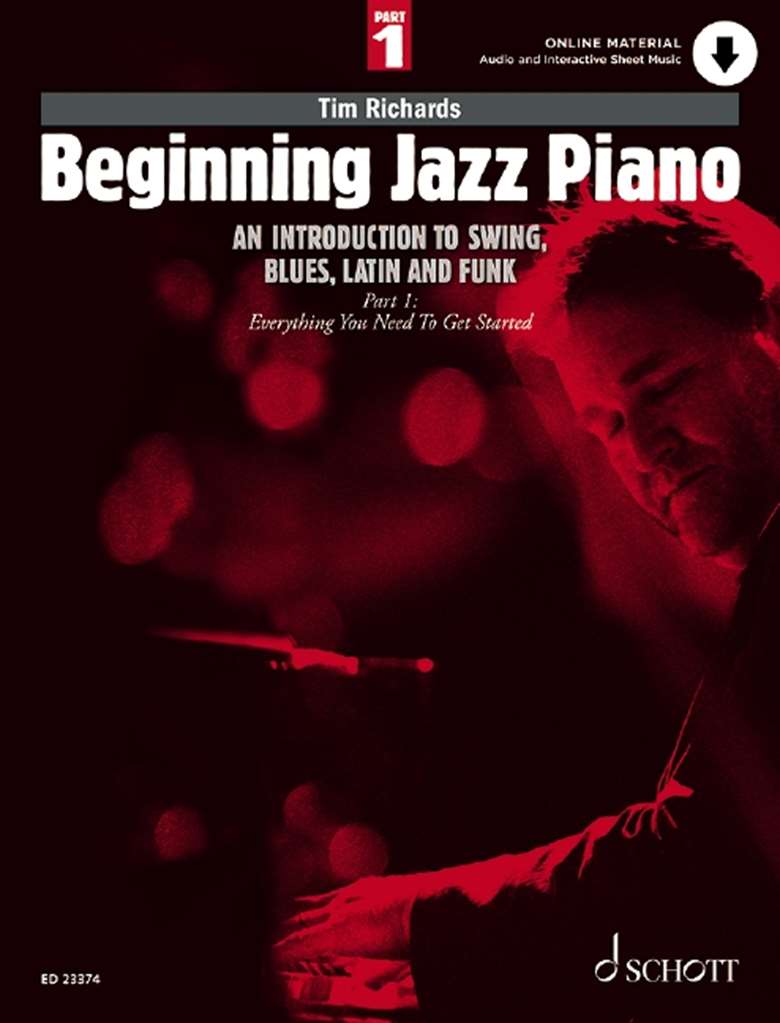
Back in 2005 I remember Tim Richards publishing his superb Exploring Jazz Piano books that went on to be award-winning, so I was excited to see these more accessible new editions to the series. Richards, a music educator (composer and pianist) of some distinction, currently teaches at Morley College and City Lit in London. His vast experience at the University of Surrey, Goldsmiths and University of London really shines through the pages. He must be congratulated on putting together such a systematic, thorough, creative, and musical jazz programme.
This is indeed a culmination of years of dedicated, inspired work, which will be invaluable to many teachers and students over the coming years. Over the past week I have been using the publications with students and within this review will outline how I intend to use them going forward. Before then, let's look at what they contain.
General format
These are high-quality, well-designed publications with attractive front covers featuring the author himself. The books have clear headings with not too much on the page, yet they are packed with musical examples, along with black and white pictures of famous jazz musicians such as Bill Evans, Keith Jarrett, Duke Ellington, and Billy Holiday (with some interesting information about them and their music too).
The design could be improved by not using block capitals in titles (tricky for dyslexic readers), and adding more pictorial icons, greyed out boxes and bullets. This is a small criticism though; a highlighter pen can easily remedy any difficulties with the design. Information, exercises, and additional activities on the focus of the chapter are presented before a performance piece (19 in the first book and over 20 pieces or exercises in the second). In the first book, these pieces also include a bass line for a teacher or parent/friend to play along, and a small number in the second book do too. These are also available as an MP3 download, and both books are generously supported by online materials.
Audio tracks and interactive features
The audio tracks include a complete performance – a good model, with count in, added jazz drum kit accompaniment, the bass line (part 1 and early part 2) and a solo high-quality improvisation (on piano). There is also a simple backing track just with count in, the bass line (part 1 and early part 2), accompaniment and drum kit ready for the listener to become the soloist. These were of a reasonable sound quality and were very simple to download from the Schott Music online site using a code provided in the book.
In addition, there is interactive sheet music by MusicGurus available for the pieces. Using a provided voucher code for download, this enables the reader to speed up and slow down the music while playing with the backing track. This is normally £14, so it seems great value to be able to access this for free if you purchase the book. It's easy to use and the marker line clearly shows where you are in the music. You use the additional features at the bottom (it's the same programme Sing Up uses) to speed up, slow down or loop passages if further practice is needed. In addition to this free material, for a further £35 you can have a full video training programme with Tim Richards through MusicGurus. Some students I tried this with struggled using looping, but they got there in the end.
Suggested listening and ‘sing and play’
At the end of each chapter there is a substantial and valuable list of suggested listening, including examples of what's been explored and studied. These are helpfully categorised in two parts. Richards should also be commended for using ‘sing and play’ activities (all written out with chords and instructions) to internalise the sound world of the scales and note patterns.
The teaching content
Part 1
Chapter 1 – Using your ears
Fantastic foundational harmonic knowledge is provided here, moving from the known to the related unknown in an extremely clear way with practical hands-on exercises on the piano. Arpeggios to the cycle of fifths, exploring triads and their inversions, pentatonics, major seventh arpeggios and dominant seventh chords. Grooves, swing and syncopation are all explored here in the performance pieces and additional exercises offered. The pieces are presented in a jazz format with chord symbols and ample opportunity for improvisation.
Chapter 2 – Two chord vamps
Exercises, explanations, and performance pieces are again provided in this chapter. The learning covers how to use vamps, dominant seventh inversions to open triads, scale patterns and even sus4 chords. Plus, melodic minors and Dorian scales, minor pentatonics and minor seventh chords plus inversions.
Chapter 3 – The three-chord trick
The focus in this chapter is on chord I, IV and V plus their inversions and the dominant seventh for smooth transition between chords. Richards expertly provides a whole range of pieces and exercises using blues scales, pentatonics, the Dorian mode, plus the eight-bar blues and minor key signatures. There's a lovely performance piece of the traditional jazz standard Swanee River. The book ends with some additional useful advice and encouragement from the author, plus an outline of Part 2.
Part 2
There is some useful recap material in here after the introduction, including a scale checklist. The scales are listed from the major scale to different modes plus some pentatonic scales – the list usefully details which chords to use with them. Like the first, the book comes with audio tracks and interactive digital resources. The performance pieces here are extremely detailed in terms of chord harmony and added information such as intervals and chord detail.
Chapter 1 – Harmony and improvisation
The opening chapter covers how to improvise using a range of chords used in different ways, such as shells (two note voicings), encircling, turnarounds and two-handed voicings, along with useful chord sequences. Jazz standard St James Infirmary features in the chapter.
Chapter 2 – Accompaniment skills
This chapter builds on what has already been explored, but also using a variety of vamps, chord sequences, swing comping, blues comping, funky comping, and 12/8 comping.
Chapter 3 – Reading from lead sheets
Here the player is guided through playing using a lead sheet (single line melody just with chords) to create their very own convincing jazz arrangement exploring the jazz standards When the Saints Go Marching In and Indiana. The section ends with an extremely useful 12-point programme for interpreting a lead sheet. It's simply superb! The book again ends with encouragement from Richards and there's also a useful index within the final pages along with the audio track listings.
How will I be using this book in my teaching?
Several of my students are studying GCSE Music, A Level Music or A Level Music Technology. The book was useful to explore with Grade 4-plus students, and the A Level students were genuinely enthused by the content. At times, they experienced light-bulb moments, particularly in terms of harmonic progressions and understanding how to use the different jazz tools. This resulted in wonderful improvisation!
Moving forward, I plan to use the material with all students Grade 4-plus as an ongoing resource in lessons to teach keyboard harmony and improvisation. For my Key Stage 5 students, I suspect this is going to be an essential addition to my arsenal.
Final thoughts
If you are a teacher who loves jazz, has little knowledge of jazz piano, or just wants to build confidence teaching it, do give this a try. It is a superb publication, perfect for late intermediate students.
http://en.schott-music.com/shop/beginning-jazz-piano-no359133.html


